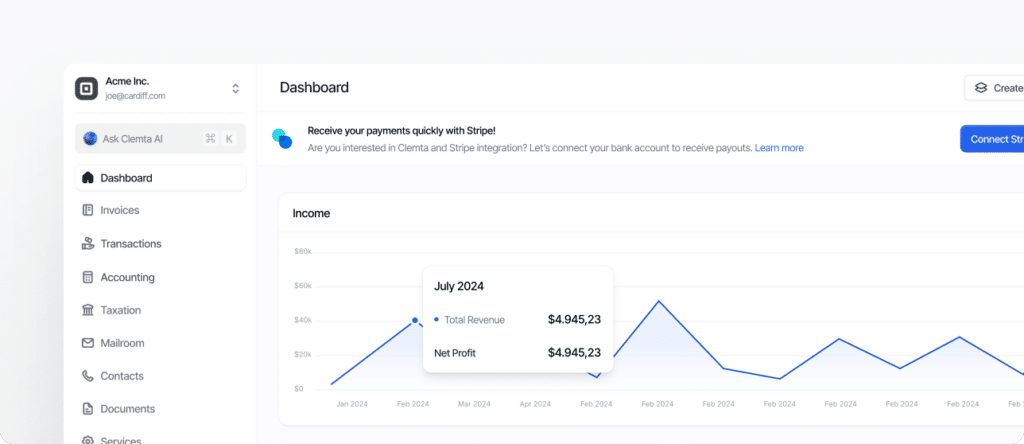Money a business owes to its suppliers or creditors for purchases made on credit (a liability on the balance sheet).
What are Accounts Payable?
Accounts Payable (AP) represents the outstanding bills and invoices that your company needs to pay its vendors or service providers. In other words, the company must pay for goods or services that were received on credit terms. For example, if your U.S. LLC buys inventory or software subscriptions and the supplier issues an invoice due in 30 days, that unpaid invoice amount is recorded as accounts payable. AP is listed as a current liability on the balance sheet, since these debts are typically due within a short period (often 30 to 90 days). Efficiently managing accounts payable is crucial for cash flow management – stretching payment to the end of the due period can conserve cash, but paying on time is important to avoid late fees and maintain good supplier relationships.
For non-U.S. founders, understanding AP helps ensure you set aside funds to cover upcoming bills in your U.S. business. Most accounting software will track accounts payable for you: each time you enter a bill or expense that you will pay later, it increases AP. When you actually pay that bill, AP decreases. Proper AP management can improve your company’s creditworthiness and supplier trust. Additionally, analyzing your AP over time can give insights into your expense patterns and whether you’re leveraging credit terms effectively (e.g., taking advantage of early payment discounts vs. keeping cash on hand). Remember that accounts payable is not an expense itself – it’s a reflection of expenses incurred that will be paid in the near future. Those expenses will typically already be recorded on your income statement; AP simply remains a liability until paid.

